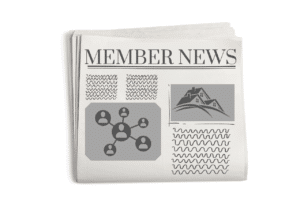The Center for Housing Policy has released a new guide that focuses on strategies and policies to improve overall housing affordability by reducing both housing and transportation costs. The guide features five policy sections which can each be adopted in order to assure housing is affordable to families of all incomes in areas with ample and reliable transportation options. Each policy section addresses specific tools that can be used in order to accomplish these housing affordability goals. The policy sections are as follows:
- Promote Compact Development Patterns. This section describes the tools and policies, such as zoning regulations, which can be utilized to foster higher densities and better land use policies for mixed-use, single-family or multifamily projects.
- Create a Supportive Regulatory Framework. This section focuses on the regulatory and administrative processes that can be streamlined and minimized at the local and regional levels in order to better accommodate transit oriented development projects.
- Gain Control of Well-Located Land. This section focuses on the tools that can be used to ensure the acquisition of location-efficient sites for affordable housing development.
- Use Value Capture to Build on Market Momentum. This section outlines tools that leverage new growth and development to support development of affordable homes in well-located areas.
- Preserve and Extend Affordability. This section describes ways to preserve existing affordable homes and ensure that very low-income families have housing opportunities over the long-term in areas undergoing investment in new transit systems and other infrastructure.
In addition, practitioners and policymakers will gather at the 2011 Learning Conference: Solutions for Sustainable Communities, hosted by the Center for Housing Policy and the National Housing Conference from September 26-28 in Washington, D.C. where they will share information about how states and localities are working together to develop more sustainable and inclusive communities.
To review the new guide, click here.


